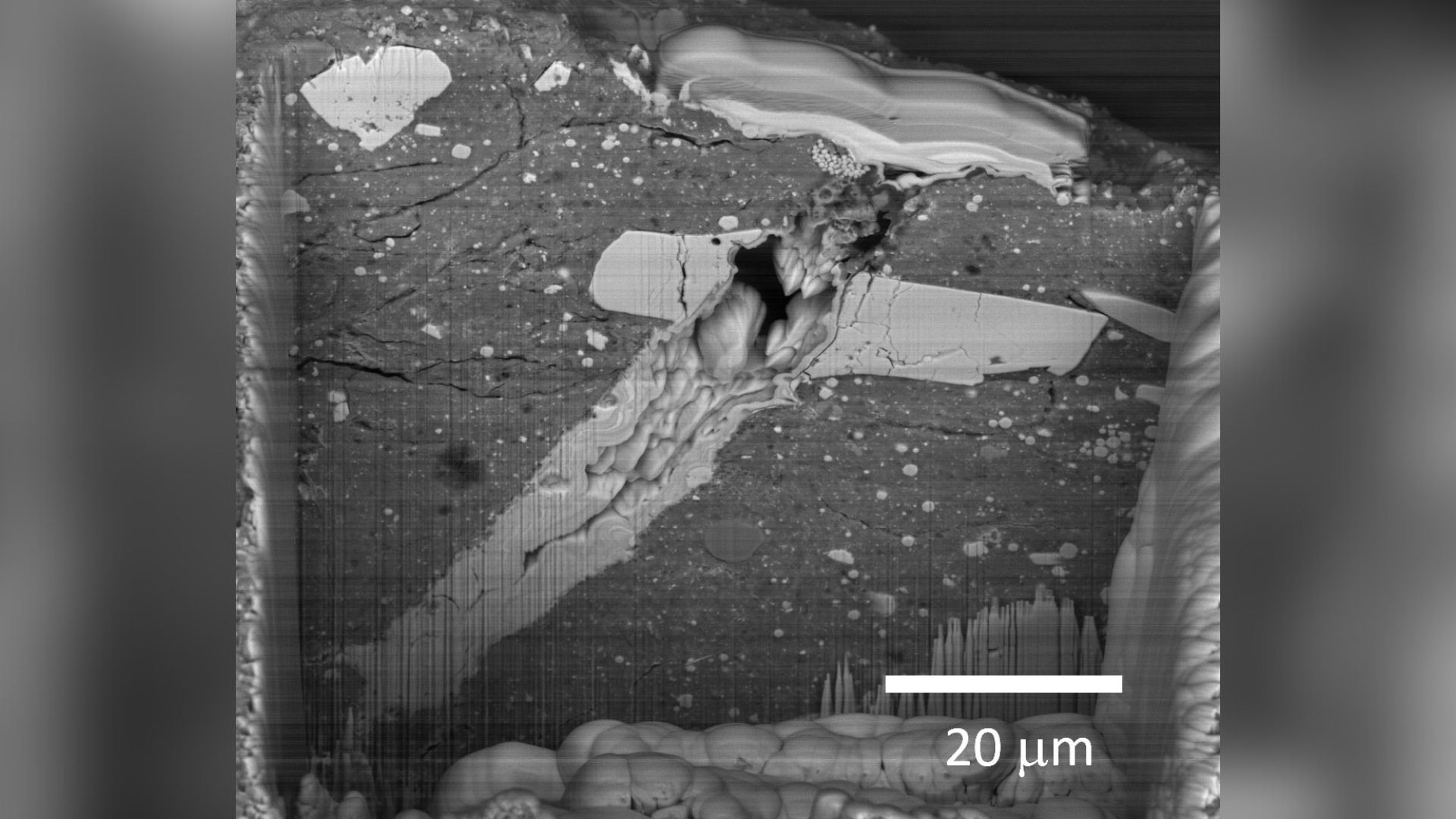NASA
IBM and NASA Unveil AI Digital Twin of Sun for Precise Solar Storm Forecasts
Revolutionary AI Model Predicts Solar Storms with Unprecedented Accuracy
What’s Happening?
IBM and NASA have joined forces to create a groundbreaking AI-powered digital twin of the Sun, named Surya. This advanced model promises to drastically improve predictions of solar storms, which can disrupt satellites, power grids, and communication networks on Earth.
Where Is It Happening?
The collaboration is international, with IBM and NASA leading the project. The digital twin leverages data from NASA’s solar observatories and IBM’s AI capabilities to create a comprehensive solar simulation.
When Did It Take Place?
The project has been in development for several years, with the recent unveiling marking a significant milestone in solar research and forecasting.
How Is It Unfolding?
– The digital twin integrates real-time data from NASA’s solar missions to simulate the Sun’s magnetic fields and plasma flows.
– Advanced AI algorithms analyze this data to predict solar storms with greater accuracy.
– The model aims to provide early warnings, allowing for better preparation and mitigation of potential impacts.
– This technology could revolutionize industries reliant on satellite communications and power grids.
Quick Breakdown
– IBM and NASA collaborate on a digital twin of the Sun, named Surya.
– AI-driven model enhances solar storm predictions.
– Real-time data from solar observatories fuels the simulation.
– Potential to mitigate disruptions caused by solar activity.
Key Takeaways
The digital twin of the Sun represents a leap forward in our ability to forecast solar storms. By leveraging AI and extensive data from space missions, scientists can now predict these events with greater precision, reducing the risk to both technological infrastructure and human activities. This advancement not only highlights the power of AI in space exploration but also underscores the importance of interagency collaboration in addressing global challenges.
The precision of this model could redefine how we approach space weather, making it as routine to check solar forecasts as it is to check terrestrial ones.
– Dr. Elena Stevens, Solar Physicist
Final Thought
The unveiling of IBM and NASA’s AI-powered digital twin of the Sun marks a pivotal moment in space technology. This innovation not only enhances our ability to anticipate and mitigate solar storms but also sets a new standard for predictive modeling. As we continue to rely on technology for daily operations, such advancements are crucial in safeguarding our infrastructure and ensuring a more resilient future.
Source & Credit: https://www.webpronews.com/ibm-and-nasa-unveil-ai-digital-twin-of-sun-for-precise-solar-storm-forecasts/














